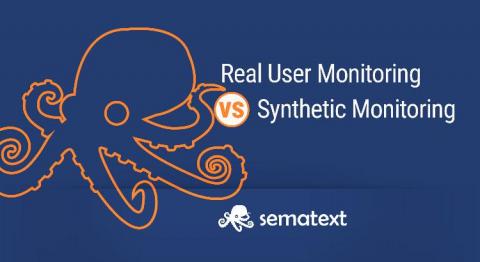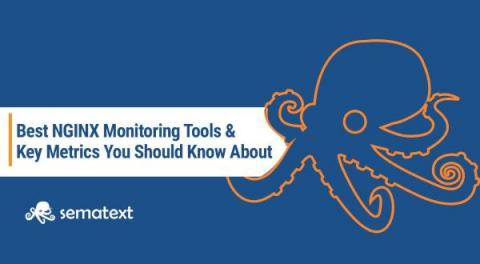Real User Monitoring (RUM) vs. Synthetic Monitoring Comparison
Three seconds is all it takes before your customer decides to leave. Would you imagine that! The audacity of some people! But, can you really blame them? We live in a fast-paced world. Wasting people’s time is worse than wasting their money. Developers are striving to provide value in as short of time as possible. Just as I am now writing this tutorial. I’m adamant about not wasting your time but providing you with concrete info for you to learn something new.




